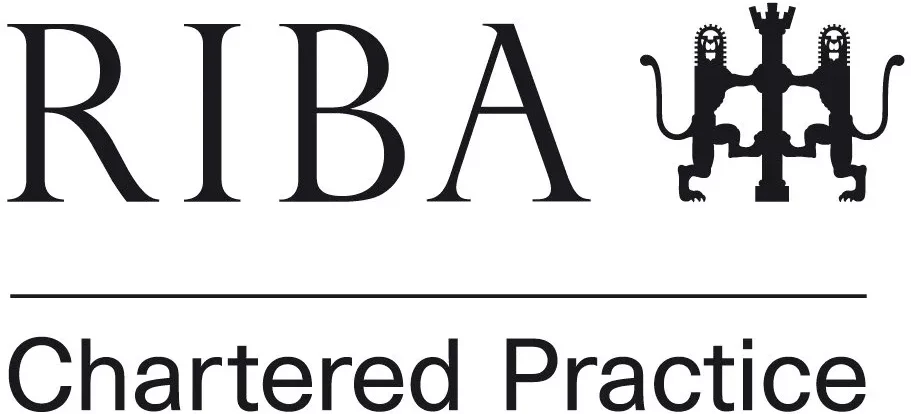CITTÀ DEL SOLE , ROME
Andrew Wallace, from Andrew Wallace Architects, an architect and interior designer from Liverpool went to an exhibition in Rome and saw different project like the City of the Sun by LABICS.
The «Città del Sole» (City of the Sun) project by LABICS – winner of a competition launched by the Municipality of Rome in 2007 – consist in the requalification of an urban area previously occupied by a warehouse and an ATAC (Roman public transport company) garae. From a structural standpoint, the architectural complex is organized based on the function of the commercial, managerial, and residential areas which revolve around a central square aligned with the entrance to Tiburtino II. This way, the building, which osmotically communicates with the city, becomes an integral part of the urban landscape so as to create new forms of interaction between architecture and public spaces.











